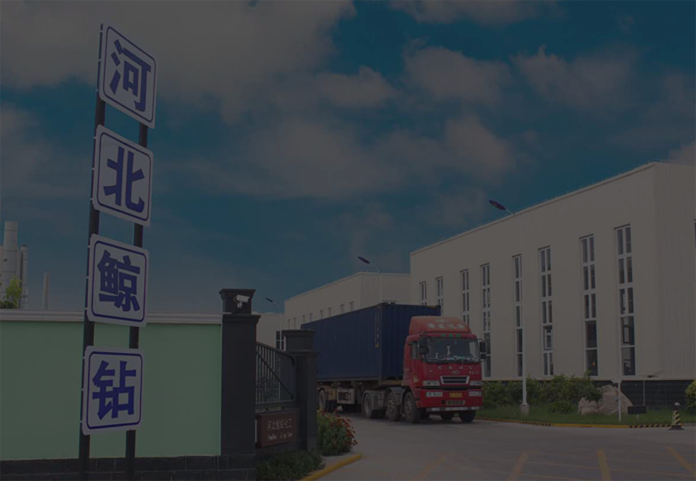
Oct . 11, 2024 11:15 Back to list
Understanding HPMC and Its Applications in Various Industries
Understanding HPMC and Its Importance in Various Industries
Hydroxypropyl Methylcellulose (HPMC) is a versatile and widely used cellulose ether that has garnered significant attention across various industries, including pharmaceuticals, food, cosmetics, and construction. The growing demand for natural and sustainable materials has further increased the relevance of HPMC, making it essential to explore its properties, applications, and benefits in detail.
What is HPMC?
HPMC is a semi-synthetic polymer derived from cellulose, a naturally occurring polymer found in the cell walls of plants. The synthesis process involves the modification of cellulose through hydroxypropyl and methyl substitutions. This modification endows HPMC with unique properties, such as water solubility, film-forming capabilities, and thickening ability. Because of these properties, HPMC has become a vital ingredient in numerous formulations, enhancing their performance and stability.
Applications of HPMC
1. Pharmaceuticals
In the pharmaceutical industry, HPMC is utilized as a binder, film-forming agent, and controlled-release agent in tablet formulations. Its ability to form a gel-like consistency upon hydration allows for the controlled release of active ingredients, thus improving the bioavailability of drugs. Furthermore, HPMC is often favored for its low toxicity and compatibility with most active pharmaceutical ingredients (APIs), making it an ideal choice for formulating various medications, including those for sensitive populations such as infants and the elderly.
2
. Food IndustryHPMC is commonly used as a food additive due to its ability to improve texture, consistency, and flavor stability. It is often found in processed foods, sauces, and bakery products, where it acts as a thickener, stabilizer, or emulsifier. The use of HPMC in food products can enhance the shelf-life and quality, meeting consumers' demand for better and healthier food options. As food industry standards evolve, HPMC’s status as a gluten-free alternative has also gained popularity, particularly among individuals with gluten intolerance.
hpmc stands for

3. Cosmetics and Personal Care
In the cosmetics and personal care sector, HPMC is employed for its thickening and stabilizing properties in lotions, creams, shampoos, and other formulations. It helps to maintain the viscosity and spreadability of cosmetic products, ensuring a pleasant user experience. Additionally, HPMC acts as a film-forming agent, providing a protective layer on the skin and hair, enhancing moisture retention, and improving the overall performance of the product.
4. Construction
HPMC plays a critical role in the construction industry, particularly in tile adhesives, paints, and coatings. Its water-retaining properties improve the workability of cement-based materials, enhancing adhesion and preventing cracking during the drying process. The incorporation of HPMC in construction materials can lead to increased durability and performance, essential for modern building practices.
Environmental Considerations
One of the compelling advantages of HPMC is its biodegradable nature. As consumers and industries increasingly prioritize sustainability, HPMC presents an environmentally friendly alternative to synthetic polymers that can contribute to pollution and health hazards. Its bio-based origins and the ability to decompose naturally are significant factors driving its use in various applications.
Conclusion
HPMC stands out as a multifunctional compound with applications spanning across pharmaceuticals, food, cosmetics, and construction. Its unique chemical properties and low toxicity make it a valuable ingredient in many formulations, enhancing performance and stability. As we move toward a more sustainable future, the role of HPMC is likely to expand, driven by its natural origins and environmental benefits. Industries and consumers alike can continue to leverage the advantages of HPMC, making it an essential component in the quest for innovative and sustainable solutions. Thus, understanding and embracing HPMC is vital for various sectors aiming to improve product quality while remaining environmentally conscious.
-
Versatile Hpmc Uses in Different Industries
NewsJun.19,2025
-
Redispersible Powder's Role in Enhancing Durability of Construction Products
NewsJun.19,2025
-
Hydroxyethyl Cellulose Applications Driving Green Industrial Processes
NewsJun.19,2025
-
Exploring Different Redispersible Polymer Powder
NewsJun.19,2025
-
Choosing the Right Mortar Bonding Agent
NewsJun.19,2025
-
Applications and Significance of China Hpmc in Modern Industries
NewsJun.19,2025







